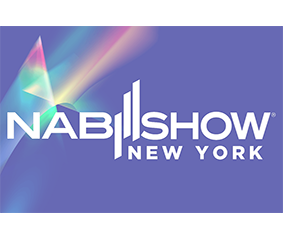Get In Touch
News

ENCO Brings Fast and Accurate Captioning to LTC Public Access TV
Lowell Telecommunications Corp. (LTC), also known as Lowell TeleMedia Center, is a public access TV station in Lowell, Massachusetts that operates three PEG channels. Folks in the community can sign up for a membership to broadcast up to three hours of content per week. Memberships also provide access to equipment rentals and in-studio editing without an additional charge.

ENCO Brings Live Captioning Innovations and Rapid Content Automation for Live Events to ISE 2023
Exhibiting at ISE for the first time, ENCO will showcase its cloud-native enCaption5 captioning software and ClipFire rapid content automation system for a variety of Pro AV environments.

Disaster Recovery to the Rescue
While today’s software-defined radio stations are extremely powerful and agile, they’re also vulnerable to a wide range of hazards that can knock them off the air without warning. Even if the problem only lasts a few hours, that downtime can result in lost advertising or underwriting revenue and a need for makegoods.

Broadcast Captioning in the UK
When you google broadcast captioning mandates in the U.S., you’re immediately directed to the FCC website where you get tons of information detailing the closed captioning rules and requirements that U.S. broadcasters must follow for both over-the-air and streamed programming. If they fail to comply, there are repercussions, such as penalties and fines.

Complying with Captions in Canada
Whether programs are broadcast via traditional or online platforms, the Canadian Radio-television and Telecommunications Commission (CRTC) takes closed captioning very seriously. In its published guidelines, this regulatory government agency explains the importance of closed captioning.

When Only On-Premises-based Translation Will Do
Real-time captioning has become pervasive as digital content creators strive to make their videos accessible to all, especially the deaf and hard of hearing. While captioning used to be the bailiwick of broadcast TV, it’s now widely available on today’s media fare, including video podcasts, educational videos, and all types of entertainment.











